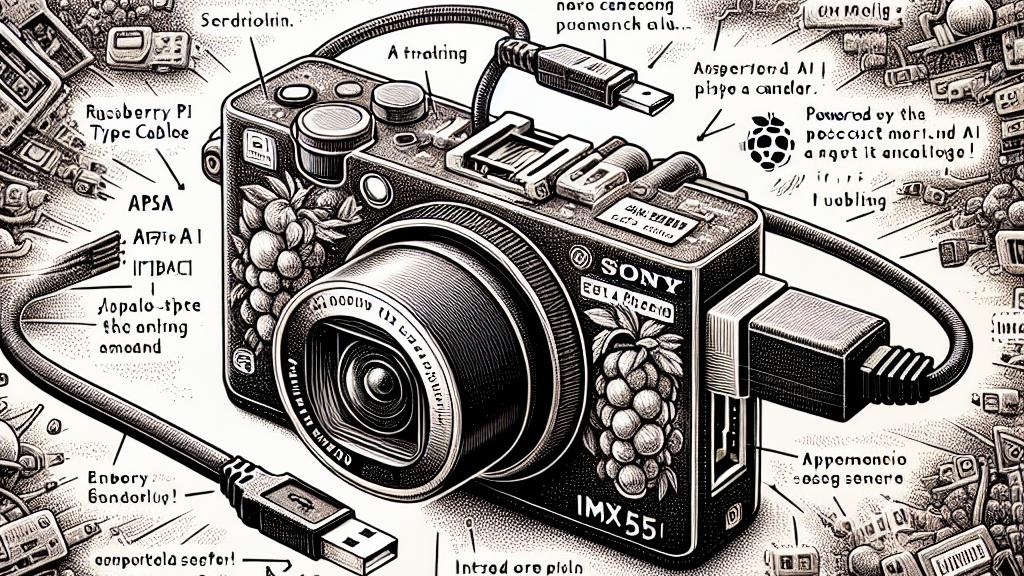Learn How to Create an AI Camera That Can Identify USB Cable Types
Overview
- Explore the amazing features of the Raspberry Pi AI Camera and what makes it a game-changer.
- Follow step-by-step instructions to train an AI model specifically for identifying USB cable types.
- Understand the broader significance of AI technology and how it enhances everyday tasks.

Introducing the Raspberry Pi AI Camera
In Japan, September 2024 marked the arrival of the Raspberry Pi AI Camera, a true marvel of modern tech. What sets it apart? This camera isn't just for snapping pictures; it’s powered by a sophisticated Sony sensor (IMX500) that employs built-in AI to analyze images. Picture this: you show it a USB Type-A cable, and it doesn't just take a photo—it instantly identifies it! This remarkable capability shifts the way we think about our gadgets, turning a simple camera into an interactive intelligence that comprehends its surroundings. Isn’t that cool?
Collecting Your Data: The Foundation of AI
Now, let’s delve into the first step: gathering data to create your AI model. You’ll need lots of images—approximately 3,567! These images should showcase various USB cable types, such as Type-A, Type-C, Micro USB, and more. Luckily, you can easily access public datasets online, which saves you the hassle of photographing each cable. Just as you might teach a friend to recognize different types of fruit by showing them various examples, you are essentially doing the same for your AI. With enough diverse images, your AI will become adept at spotting the subtle differences between each cable type!
Training Your AI Model: The Exciting Process
Let’s get to the exciting part: training your AI model! Although the Raspberry Pi can handle this, training would take ages. Instead, consider using a robust machine with a GeForce RTX graphics card. A few simple commands will kick off the training process, allowing your AI to learn quickly. Imagine having a super-fast tutor dedicated to teaching your model! After several hours of setup and training, you'll have a finely-tuned model ready to put to the test. Loading this model onto your Raspberry Pi AI Camera is the final step, and soon, you’ll watch in amazement as it identifies a USB Type-C from a Micro USB with ease!
The Impact of AI Cameras in Our Lives
So, why are AI cameras like this essential? They aren't just technological novelties; they symbolize a significant leap toward greater accessibility in tech. Imagine empowering everyone—from curious students to busy professionals—to work with advanced functionalities without needing extensive knowledge. For example, in security settings, AI cameras can monitor spaces intelligently, reporting anomalies in real-time. Furthermore, they enable casual users to capture breathtaking photos with features once exclusive to high-end equipment. In essence, whether you’re a budding engineer creating your first AI project or simply a technology enthusiast, engaging with AI opens up a world of possibilities—a future where anyone can harness the power of creation without boundaries.

Loading...